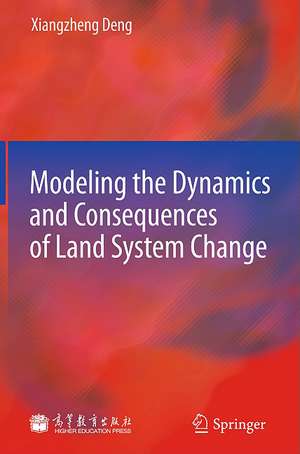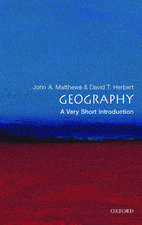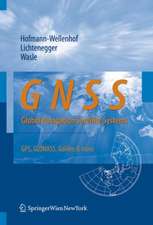Modeling the Dynamics and Consequences of Land System Change
Autor Xiangzheng Dengen Limba Engleză Hardback – 6 sep 2011
The book is intended for the researchers and professionals in land use or land systems, regional environmental change, ecological conservation, as well as the land resource administrative agencies and environmental protection agencies.
Professor Xiangzheng Deng is a senior research fellow at the Institute of Geographic Sciences and Natural Resources Research, Chinese Academy of Sciences, China.
Preț: 648.24 lei
Preț vechi: 762.64 lei
-15% Nou
Puncte Express: 972
Preț estimativ în valută:
124.04€ • 129.86$ • 102.64£
124.04€ • 129.86$ • 102.64£
Carte tipărită la comandă
Livrare economică 05-19 aprilie
Preluare comenzi: 021 569.72.76
Specificații
ISBN-13: 9783642154461
ISBN-10: 3642154468
Pagini: 250
Ilustrații: XIII, 304 p.
Dimensiuni: 155 x 235 x 25 mm
Greutate: 0.64 kg
Ediția:2011
Editura: Springer Berlin, Heidelberg
Colecția Springer
Locul publicării:Berlin, Heidelberg, Germany
ISBN-10: 3642154468
Pagini: 250
Ilustrații: XIII, 304 p.
Dimensiuni: 155 x 235 x 25 mm
Greutate: 0.64 kg
Ediția:2011
Editura: Springer Berlin, Heidelberg
Colecția Springer
Locul publicării:Berlin, Heidelberg, Germany
Public țintă
ResearchCuprins
Land System and Land System Change.- Modeling Frameworks for the Dynamics and Consequence of Land System Change.- Three-tier Architecture Model for Simulating the Land System Change.- Predicting the Land Use Structure at Regional Level Using CGELUC.- Simulating the Land Use Pattern at Pixel Level Using DLS.- Evaluating the Consequences of Land System Change Using ESAP.- Modeling the Dynamics of Land System in the Agriculture-Pasture Transition Zone of China.- Estimating the Impacts of the Land System Change on the Agricultural Production at the North China Plain.
Caracteristici
Introduces a three-tier architecture approach for modeling dynamics and consequences of land system changes Presents principles of using 3 modules of this model CGELUC, DLS and ESAP Demonstrates through step-by-step illustrations and case studies how to apply this new model





